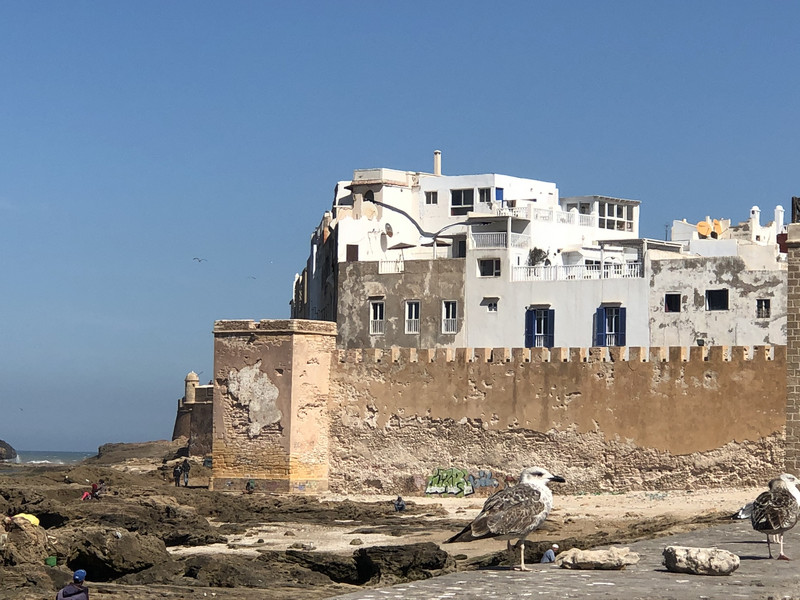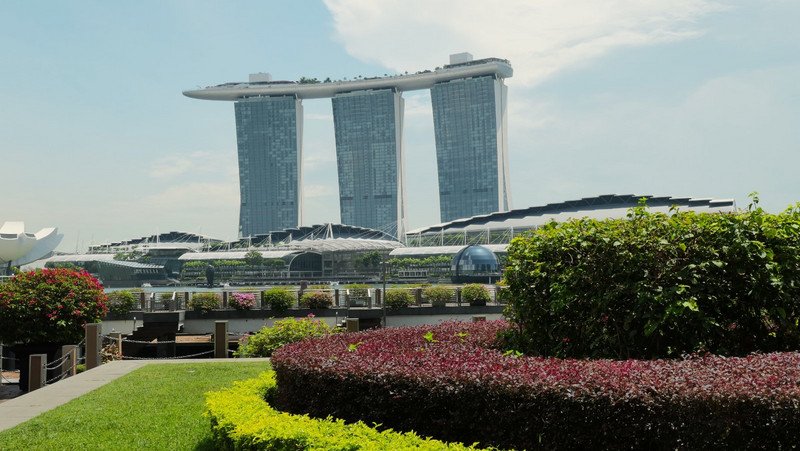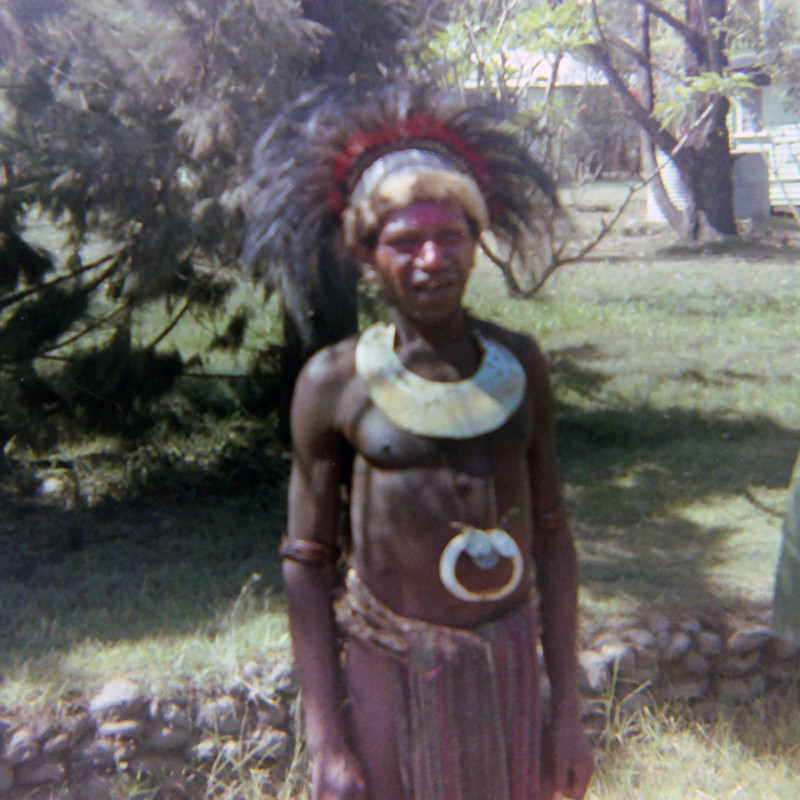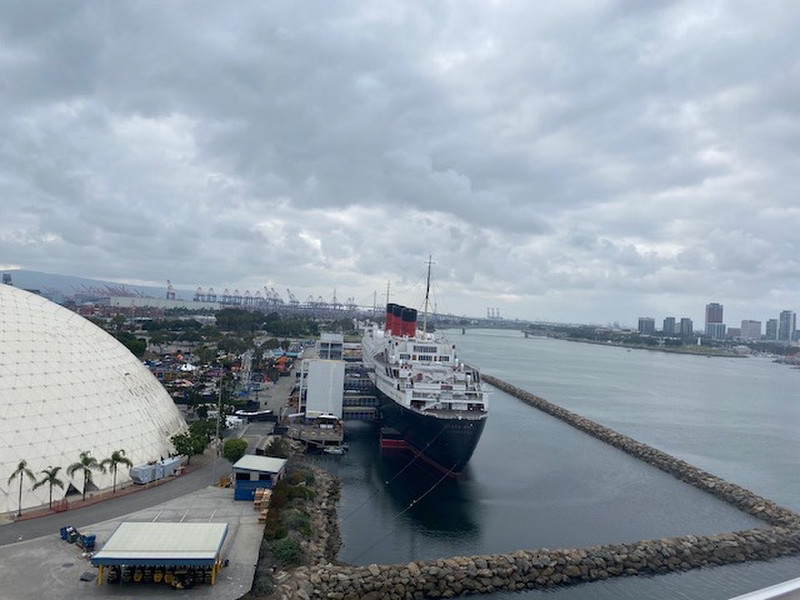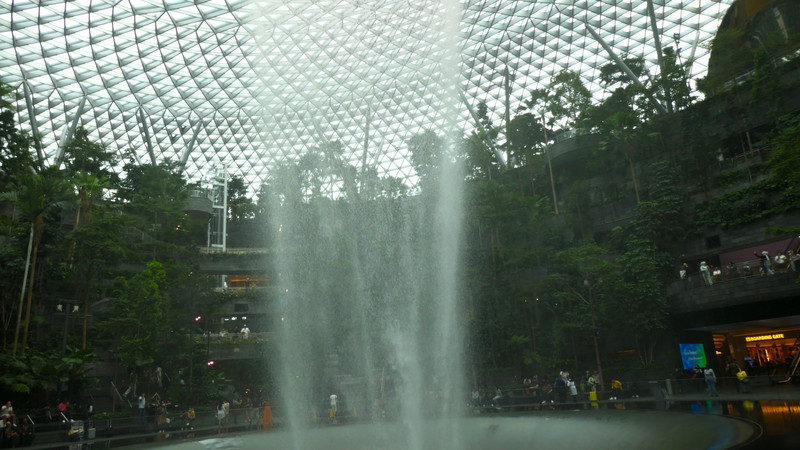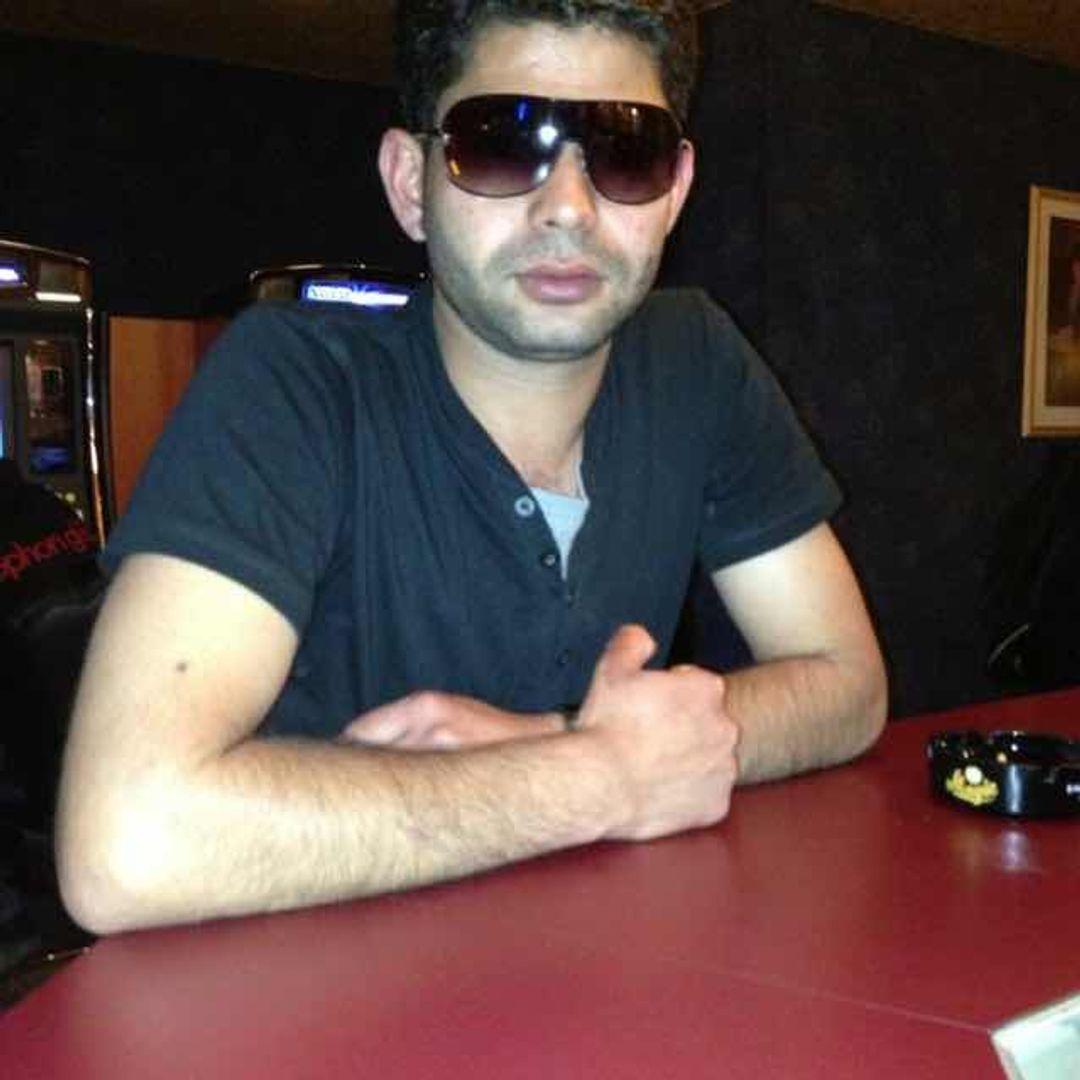On Thursday, October 17th, we arrived in the coastal city of Essaouira from the vibrant city of Marrakesh. As much as I enjoyed that great city, and even earlier visiting the red sand desert climes of the Sahara, I couldnt wait to be near the ocean again. Visiting Essaouira and reveling along her Atlantic shores is a panacea for anyone who, like me, cannot resist the siren call of the sea.
Surprisingly, the strong draw I always feel for being near the ocean was nearly eclipsed by the charms of Essaouiras terra firma. I knew then I would be forever under the spell of Essaouira. all the features I find most interesting about any town – geographical beauty, history, architecture, culture, and most definitely a friendly disposition. Essaouira had all of these. Its medina, ramparts, bastions, babs, and port are a sound affirmation of its historical importance. Its no wonder that UNESCO chose this medina to be a World Heritage Site – already the 7th UNESCO site we had seen so far on this trip.
You can enjoy the long, sandy beach and yet in a matter of minutes find yourself within the historic heart of
the medina with its jumble of narrow streets, colorful shop displays, tables and snug cafes, listening to calls to prayer or hearing exotic languages being spoken all the while being surrounded by remnants of ancient history.
Long known by the Portuguese given name of Mogador, the name was officially changed to Essaouira when Morocco gained its independence in 1956. Essaouira was once a major port through which gold, slaves and other were transported, arriving there via caravan and exported via overseas shipping trade routes to Europe and the Americas. Mogador was so valuable as a port and trade center that it became the object of desire of European nations who sometimes successfully and over varying lengths of time gained power over it; its advantages were not overlooked by enterprising pirates as well who used it as a safe haven. Ironically, today Essaouiras port has been overshadowed by those ports with deeper harbors and modern facilities and now handles exports, but is now used only as a fishing port and for boat repair.
Just off the coast of Essaouira are Mogador Island and/or the Iles de Purpuraires which were famous for producing purple
dye (Tyrian purple) made from a mollusk, the Murex, as far back as Roman times and was used for dying the garments of the emperor. This purple color is still associated with nobility.
Like some other major Moroccan cities, Essaouiras modern sprawl can be seen when entering the city. The old center and its medina and its historical character are encased within the lovely preserved walls. The medina has buildings and mosque minarets peaking out just above the walls which cut in and out at sharp angles. The walls are punctuated by more than just a few gates, or ‘babs, and the high clock tower which can be seen in many photos because of its height is just next to Bab Magana.
Our first order of business after arriving in Essaouira was walking the short distance toward the gate, Bab Sbaa, or Porte Royal which was the entrance to the ‘new kasbah section near the Rue Mohamed Ben Messaoud where our riad for the next 2 nights was located. The street had an unnamed portal leading out to the Jardin Orson Welles and beyond you could see a bit of the
ocean. Because of this, the often very chilly ocean breeze invaded the rue spreading its icy fingers late at night and in the early morning.
Stepping through a huge blue painted, door into the Riad Dar LOuissa (Story House) was literally like taking a breath of fresh air. Though you wouldnt know it now, this building began life as storage for grain and spices. Today, the reception lobby leads into a blue & white tiled, airy atrium courtyard open to the skies above. The 5th floor is an open terrace with chaise lounges, tables, a bar and an ocean and medina view.
We were assigned Room 22, up a winding staircase on the third floor.
